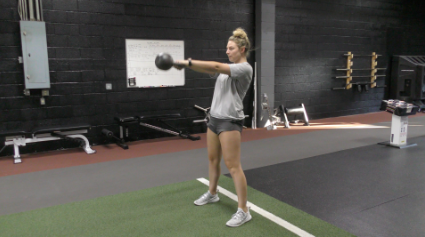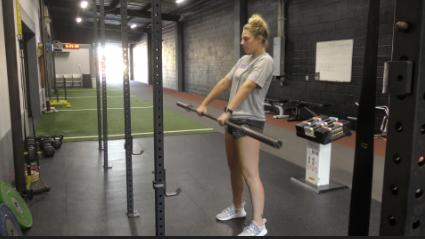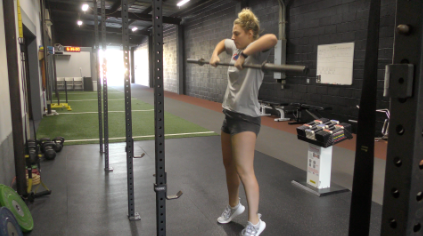Olympic Lifting: Safety First, Weight Later
In this post, BSP sports performance coach, Sam Uline, discusses the misconception of safety among Olympic Lifting. If you enjoy this article and would like more information regarding the use of the olympic lifts for athletic development, check out one of our former articles introducing the lifts and their purpose.
One of the most common misconceptions among Olympic Lifting is the danger of its complexity and speed of a loaded bar. Surprisingly enough, Olympic Lifting has one of the lowest injury rates in sports across the world. Let’s dig a little deeper into why olympic lifting is one of the safest competitive sports, and as a training tool for athletes.
Most people already know that olympic lifting is a sport within itself, but is also commonly used as a tool for improving force production and power output. As we take a look at sports played across the world, weightlifting has one of the lowest amount of injuries. So why wouldn’t coaches, want to incorporate some form of olympic lifting into our training programs?
You might be asking yourself, why are the amount of injuries so low? Even though these movements are complex, typically heavily loaded for a few repetitions as well as fatiguing, they are properly coached and progressed. Every coach has a duty to make sure technique is never sacrificed and safety is always emphasized. If these lifts are progressed throughout an athlete’s training cycle then there is no direct reason why they would get injured.
Let’s talk about the power clean specifically here. No properly instructed athlete will pick up a loaded barbell and perform a clean on their first day. More often than not, their first loaded explosive movement will be a kettle bell swing.
Kettle Bell Swing
RDL
Once the coach feels comfortable that their athlete has perfected this movement over a period of time, they will begin to progress them to either a PVC pipe to mimic movements or an empty barbell. This is always a very exciting day for our athletes, because they finally get to join in on the fun, that they see the older athletes and adults doing. (Check out our Youtube Video breaking down the clean progression and kettle bell swing). But wait, this doesn’t mean they are ready to perform a full olympic lift. Here at BSP, all our athletes will go through each variation of the clean before performing a power clean with a catch. So that means, using a barbell they will go through an RDL (focusing on the hip hinge),
an explosive hip extension (working to extend at the hips), a power shrug (learning to shrug at the shoulders before entering the pull), and finally the high pull (driving the elbows up before entering the catch phase). They must perfect each movement with a loaded bar before moving to a power clean.
Explosive Hip Extension
Power Shrug
High Pull
By this point, our athlete knows what to expect in the power clean, they have done all the variations and have already been in the catch position. Wait, how have they already been in the catch position if they have never done clean before? The front squat. Every athlete at BSP will have already gone through multiple programs of a front squat. They know exactly what to expect and what it will feel like, leaving very little room for error. Interestingly enough, this proves that olympic lifting is a safe and incredible tool to be using in every weight room.
Within reason, every athlete should be incorporating some form of olympic lifting. This one of the easiest ways to develop force and increase power with a load, besides sprinting and plyometrics. Now knowing that olympic lifting is one of the safest movements among sports, we are able to reassure our concerned parents that their children are going through progressions until they are ready to advance further. There is no rush and it will depend solely on their progress.
Olympic lifting has shown incredible results and transfer into sports so let’s change the common statement from concern to, “why are my children not performing olympic lifts?”
Sources: USA Weightlifting Statistics, Journal of Strength and Conditioning Research







